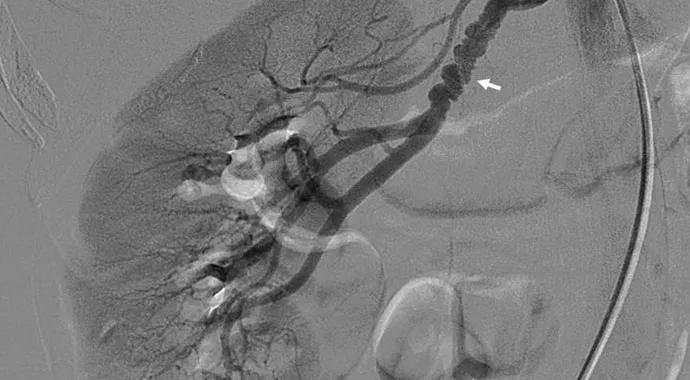
Cleveland Clinic has taken a leadership role in furthering knowledge about fibromuscular dysplasia (FMD) among clinicians.
Cleveland Clinic is a non-profit academic medical center. Advertising on our site helps support our mission. We do not endorse non-Cleveland Clinic products or services. Policy
The effort is spearheaded by vascular medicine physician Heather Gornik, MD, MHS, Medical Director of Cleveland Clinic’s Noninvasive Vascular Laboratory and the first physician in the world to start a dedicated FMD clinic. Dr. Gornik co-chaired a task force that produced the first American Heart Association Scientific Statement on FMD, which was published on March 4, 2014, in Circulation. The document is a compendium of current knowledge on epidemiology, genetics, classification systems, clinical manifestations, differential diagnoses, diagnostic strategies for each manifestation and treatments, essentially serving as a textbook on this little-understood disease.
Then in May, Dr. Gornik hosted the first international FMD Research Network Symposium at Cleveland Clinic. The two-day meeting attracted more than 90 clinicians and investigators from the United States, Canada, France and Poland representing vascular medicine, vascular surgery, cardiology, medical genetics, neurology, nephrology and radiology. Dr. Gornik co-chaired the meeting with Jeffrey Olin, M.D., of New York’s Mount Sinai Medical Center.
By stimulating discussion among professionals of many disciplines in the FMD community, we hope to advance the cause more quickly,” says Dr. Gornik.
“We wanted to bring together interested physicians to share their knowledge and experience in the care of patients with FMD. For those of us who share a common interest in a relatively obscure disease, meeting colleagues with the same passion was invigorating,” she adds.
The Circulation article elucidated 11 research priorities that had been identified by the writing committee as key to advancing understanding of FMD. The list was used as a springboard for the FMD Research Network Symposium, in which specific research projects were developed in four areas: epidemiology, registries, genetics and imaging and clinical management.
The Genetics Working Group was charged with strategizing research programs to determine the genetic mechanisms of FMD and optimal use of existing biorepositories of FMD samples.
The Epidemiology Working Group was charged with developing a research program to determine the prevalence of FMD in the general population and identifying risk factors for FMD development.
The Registries Working Group was asked to determine how to maximize existing registries in order to advance FMD knowledge. Additionally, the group will strategize future analyses and publications of the United States Registry for FMD and discuss mechanisms for aligning this registry with international vascular registries, including the French FMD registry.
The Imaging and Clinical Management Working Group was asked to identify two multicenter clinical research studies that would address top research priorities in FMD diagnosis and therapy. To date, no randomized, controlled clinical trials of medical therapies or endovascular treatments for the condition have ever been done.
Proceedings of the meeting will be published later this year in the Journal of Vascular Medicine.
After two solid days of lectures by the world’s leading FMD clinicians and researchers and informal discussions in the working groups, several messages became clear:
FMD is likely more common than previously thought. Symptoms include migraines, hypertension, dizziness, pulsatile tinnitus and cervical bruits.
The disease tends to affect younger and middle-aged patients—primarily otherwise healthy women—so the diagnosis is often delayed. Because symptoms are nonspecific, FMD does not always come to mind. “In reality, all clinicians are seeing patients with FMD, whether they recognize it or not,” says Dr. Gornik.
She hopes that the new multidisciplinary collaboration between researchers, clinicians and epidemiologists will increase awareness of this under appreciated disease.
“We have made great strides in the past five years and now have the momentum to learn more about this disease, its genetic and other pathogenic mechanisms and its diagnosis and treatments. We are hopeful our work will help identify the causes of FMD and lead to effective treatments in the next few years,” says Dr. Gornik.
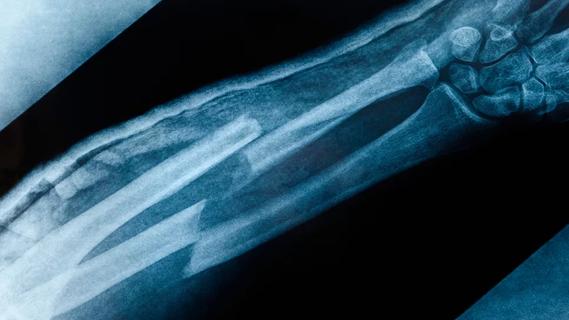
Surprise findings argue for caution about testosterone use in men at risk for fracture

Findings support emphasis on markers of frailty related to, but not dependent on, age
![GettyImages-1252287413 [Converted]](https://assets.clevelandclinic.org/transform/StoryPanel/350804b2-f1e4-4d97-a277-9629cf45af3e/23-HVI-4120348_redlining_650x450_jpg?w=3840&q=75)
Large database study reveals lingering health consequences of decades-old discrimination
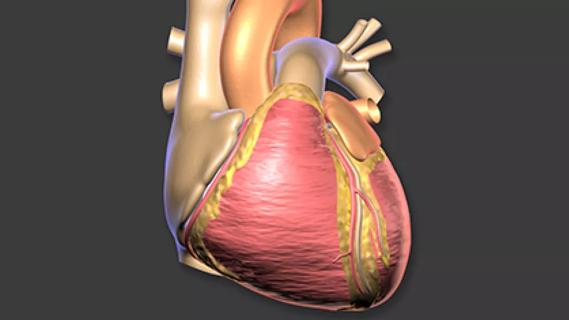
Additional analyses of the two trials presented at 2023 ESC Congress
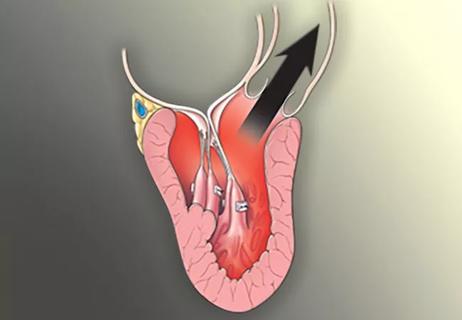
Prospective SPIRIT-HCM trial demonstrates broad gains over 12-month follow-up

An ACC committee issues recommendations to accelerate sluggish progress
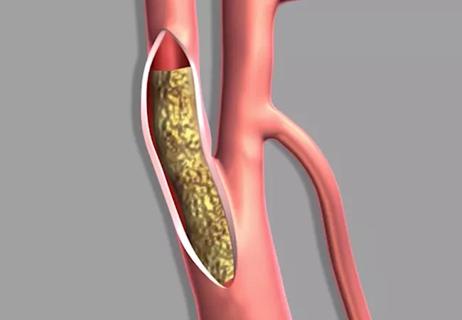
Review of our recent experience shows it’s still a safe option

Machine learning may improve risk prediction and guide therapy